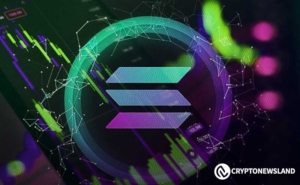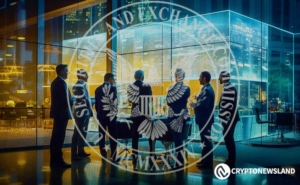The Decentralized Value of Next Gen Stablecoins
This anticipation stems from a very tangible, long-standing function of stablecoins acting as a hedge against 13f316c5-3ca7-4476-87f3-7684bb344e0e volatility while serving a real-world purpose as a store of value in the form of “programmable money.”
Despite this optimistic outlook, today’s most prominent stablecoins face some limitations that may hinder their future growth. For example, a growling number of chains and app chains must rely on “wrapped” stablecoins, dependent on cross-chain bridges with uncertain security. Also, the economic benefits from reserve assets backing stablecoins are often captured by a few centralized players instead of being used to support decentralized ecosystems. Finally, many stablecoins struggle to provide transparent verification of their assets, as shown by the recent depeg of TUSD. For stablecoins to achieve their potential in coming years, decentralized markets will require a “next generation” of technology and features.
Omnichain Expansion
Accessibility is a key factor in the success of stablecoins, especially as we enter an omnichain future. Acting as a pegged unit of account for lending, borrowing, and other financial services across multiple blockchain ecosystems, stablecoins face the practical need to use fiat-linked money in cross-blockchain transactions. In this respect, interoperability is paramount. Solutions enabling decentralization offer omnichain interoperability, offering fair distribution of value, enhancing accessibility and adaptability across the ecosystem. LayerZero’s OFT standard – and the recent introduction of USDV, a stablecoin designed with interoperable OFT standard integration at launch – exemplifies a new generation of stablecoins that overcome the dangerous prospect of “one-chain-above-all” by promoting interoperability across an ecosystem of multiple blockchain communities.
Decentralized Value
Instead of relying on a centralized private entity to issue stablecoins, a better model could involve a robust community of stablecoin minters to facilitate sustainability and adoption. Achieving this goal requires a new mechanism to track and share economic value, which can in turn provide incentives to minters and ensure equitable rewards for their contributions. Such a decentralized model is inherently more scalable, enabling stablecoins to circulate as fungible tokens across more geographies and use cases, with deeper liquidity pools and connections to many more chains.
Although all cryptocurrencies consider ‘transparency’ to be a fundamental principle inherent in blockchain technology, the reality is that it’s easy for crypto-ventures to obscure certain information, especially when it comes to financials. Stablecoins, in particular, may not always provide visibility around underlying reserves. Through innovations like on-chain Proof of Reserves – which allow real-time public attestations of reserves on the blockchain – stablecoins like USDV provide true transparency and immediate access to financial metrics.
Now, as stablecoins become increasingly instrumental in various blockchain financial applications – from payments and lending to financial products – reimagining stablecoins and bringing an era of the new generation of stablecoins will be critical in uncapping crypto’s potential and real-world applications.
Disclaimer: The content of this article solely reflects the author's opinion and does not represent the platform in any capacity. This article is not intended to serve as a reference for making investment decisions.
You may also like
US equities slide as trade war escalates, Powell signals no rate cut
Tariff and interest rate concerns overshadowed a positive March jobs report
Sei Investments increases 39% stake in MicroStrategy

Fidelity Spot Solana ETF Gains Traction As SEC Acknowledges Filing

Paul Atkins Moves Closer to SEC Chair Role After Senate Committee Approval

